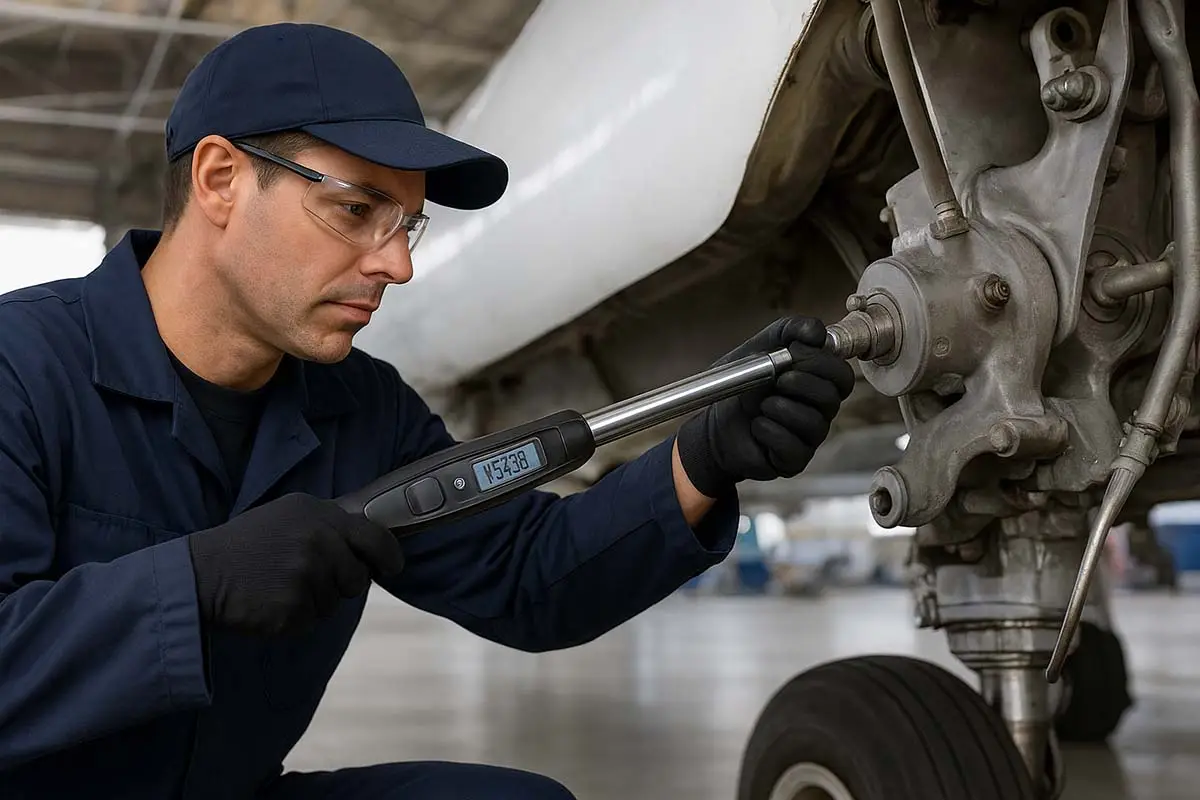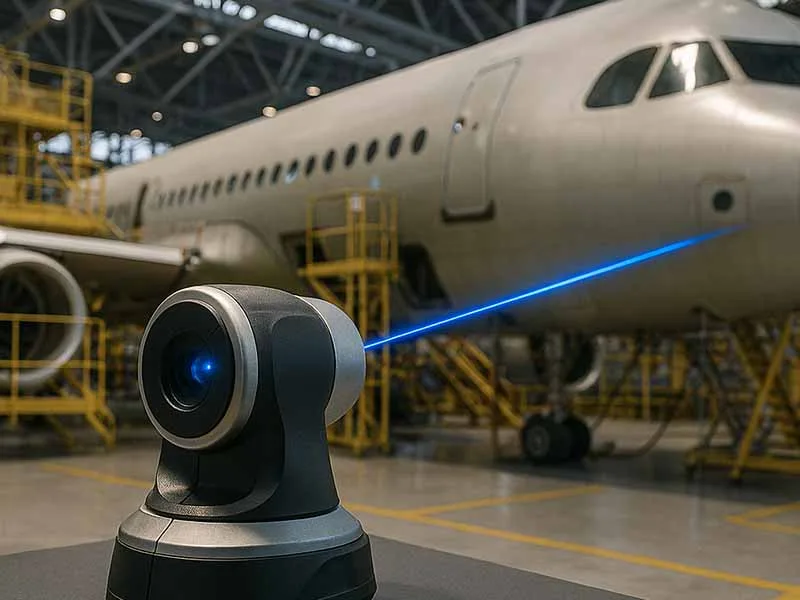In aerospace engineering, fasteners aren’t just parts—they’re mission-critical components. Whether they’re securing the fuselage, attaching engine mounts, or holding avionics in place, a single fastener failure can lead to catastrophic consequences. That’s why the aerospace industry demands unparalleled precision, minimal weight, and exceptional vibration resistance.
This guide dives into the types, materials, performance standards, and selection criteria for aerospace fasteners, giving you a full picture of what makes them different from their automotive or industrial cousins.
Why Aerospace Fasteners Are Different
Aerospace fasteners face challenges that go far beyond those in typical manufacturing:
- Extreme Temperatures – Components may face -60°C at cruising altitude and +200°C near engines.
- Intense Vibration – High-speed flight, turbulence, and engine thrust create constant stress.
- Weight Limitations – Every gram counts; weight savings improve fuel efficiency and range.
- Rigorous Certification – Must meet standards like NAS, MS, and AN (National Aerospace Standards, Military Standards, and Air Force-Navy specifications).
Types of Aerospace Fasteners
| Fastener Type | Common Use | Benefits | Possible Drawbacks |
|---|---|---|---|
| Hi-Lok Fasteners | Wing-to-fuselage joints, structural components | Lightweight, high shear strength | Requires special tooling |
| Rivets (Solid & Blind) | Skin panels, fuselage assembly | Permanent, strong, vibration-resistant | Not reusable |
| Titanium Bolts | Engine mounts, landing gear | High strength-to-weight ratio, corrosion-resistant | High cost |
| Lockbolts | Structural load areas | No loosening under vibration | Needs specialized installation equipment |
| Self-Locking Nuts | Critical joints subject to vibration | Maintains preload | Can wear after multiple uses |
Key Features & Technical Specifications
When choosing aerospace fasteners, engineers consider:
- Material – Titanium alloys, Inconel, A286 stainless steel for high strength and temperature resistance.
- Weight – Titanium is favored for its strength with half the weight of steel.
- Coating/Plating – Cadmium plating, anodizing, or dry film lubricants to resist corrosion and galling.
- Tensile & Shear Strength – Measured in ksi (kilopounds per square inch); often exceeding 160 ksi for critical fasteners.
- Fatigue Resistance – Ability to endure millions of vibration cycles without failure.
- Temperature Rating – Materials must withstand both extreme cold and heat without losing strength.
The Good, the Bad, and the Unacceptable
- The Good: NAS and MS-certified fasteners, rigorously tested for tensile, shear, and fatigue life, with full traceability.
- The Bad: Substandard plating or poor heat treatment that causes premature corrosion or thread galling.
- The Unacceptable: Counterfeit fasteners—a known hazard in the aerospace supply chain—posing severe safety risks.
Interesting & Lesser-Known Facts
💡 Interesting Fact: NASA’s Mars rovers use aerospace-grade titanium fasteners, chosen for their light weight and extreme corrosion resistance in a non-Earth environment.
💡 Lesser-Known Fact: In some aerospace applications, fasteners are intentionally made to break under overload to protect more critical structures from damage.
Aerospace Fasteners, Precision, Weight & Vibration Resistance FAQ
Read More About Aviation & Aerospace
Conclusion & Reader Engagement
Aerospace fasteners are the silent guardians of flight safety. Precision engineering, careful material selection, and strict quality control ensure these small components perform flawlessly at 35,000 feet and beyond. From titanium bolts in jet engines to rivets holding fuselage skins, each fastener represents a blend of science, safety, and efficiency.
✈ Your turn! Have you worked with aerospace fasteners, or do you have experience in aviation maintenance or engineering? Share your insights in the comments below, and if you enjoyed this article, share it on social media to keep the conversation flying.





